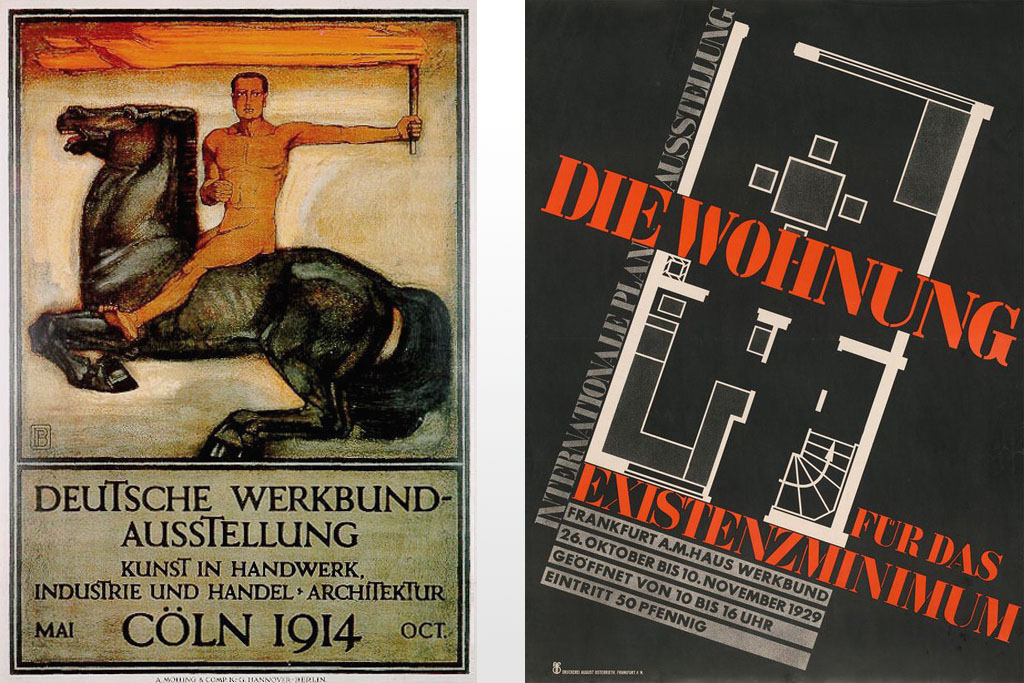Deutscher Werkbund > organisation
Founded in 1907, the craftsmen's association Deutscher Werkbund aimed to promote high-quality design. To this end, its members banded together to hash out various issues of art, industry and craftsmanship. The founders also sought to raise recognition for the association’s work among politicians and the general public, and to develop a favorable framework and conditions for production. The association thus combined several reform movements that had emerged during industrialisation. The Werkbund may be regarded as a prototype of a successful lobby organization that eventually extended its activities outside Germany. Shortly after its founding, the association brought together practically all the leading architects and designers of the day (e.g. Peter Behrens, Henry van de Velde and El Lissitzky) as well as prominent figures of industry, politics and the media. Among other things, the association urged a wholesale renunciation of functionless and purely decorative forms, paving the way for the styles New Objectivity and New Building. Indirectly, the association’s work laid the groundwork for a reformed education program such as that offered at the Bauhaus from 1919.

